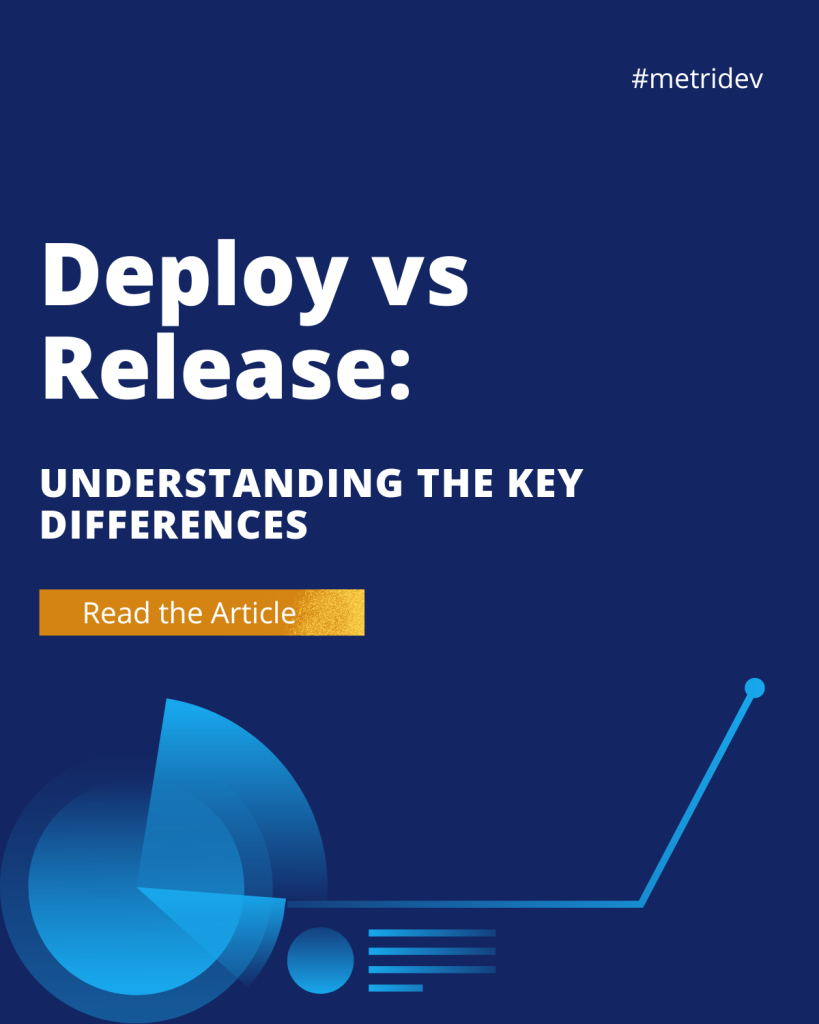Introduction
In the fast-paced and ever-evolving world of software development, the ability to accurately predict project outcomes is a critical factor for success. The program predictability measure is a metric that has gained significant attention in recent years, as organizations strive to enhance their software development processes and deliver high-quality products on time and within budget. This article will delve into the concept of program predictability, its importance in software development, and the best practices for measuring and improving it, particularly in agile environments.
What is a Program Predictability Measure?
The program predictability measure is a quantitative metric that assesses the reliability and consistency of a software development project’s timeline, budget, and scope. It provides a numerical representation of the team’s ability to accurately forecast and deliver on their commitments, enabling better planning, resource allocation, and risk management. By tracking and analyzing this measure, organizations can identify areas for improvement, make informed decisions, and enhance the overall efficiency and success of their software development initiatives.
Importance of Predictability in Software Development
Predictability is a crucial element in software development, as it directly impacts the project’s success, client satisfaction, and the team’s overall productivity. When projects are highly predictable, teams can better manage expectations, allocate resources effectively, and mitigate risks, leading to improved project outcomes. Conversely, low predictability can result in missed deadlines, budget overruns, and dissatisfied stakeholders, ultimately undermining the organization’s credibility and competitiveness.
What is the Target Percentage for the Program Predictability Measure?
The target percentage for the program predictability measure varies depending on the organization’s specific goals and industry standards. However, a commonly accepted benchmark is a predictability rate of 85% or higher, which indicates a high level of reliability and consistency in the software development process. Organizations should strive to achieve and maintain this target, as it demonstrates their commitment to delivering projects on time, within budget, and in accordance with the specified scope.
Factors Affecting Program Predictability
Several factors can influence the program predictability measure, including:
- Project Complexity: The more complex the software project, the more challenging it is to accurately predict its timeline, budget, and scope.
- Team Skill and Experience: Highly skilled and experienced teams are generally better equipped to anticipate and mitigate risks. This leads to improved predictability.
- Agile Maturity: Organizations that have embraced agile methodologies and have a well-established agile culture tend to have higher program predictability.
- Stakeholder Engagement: Effective communication and collaboration with stakeholders can help align expectations and improve predictability.
- Risk Management: Proactive risk identification, assessment, and mitigation strategies can enhance the program’s predictability.

How to Measure Program Predictability
To measure the program predictability measure, organizations typically use the following formula:
Copy codeProgram Predictability Measure = (Number of Commitments Met / Total Number of Commitments) x 100
This calculation provides a percentage that represents the team’s ability to deliver on their commitments. For instance, completing tasks, meeting milestones, and staying within budget. By tracking this metric over time, organizations can identify trends and recognize areas for improvement. Additionally, they can make data-driven decisions to enhance their software development processes.
Best Practices for Improving Program Predictability in Agile Environments
In agile software development, where flexibility and adaptability are paramount, maintaining a high level of predictability can be a delicate balance. However, there are several best practices that can help organizations improve their program predictability measure in agile environments. Firstly, adopting robust agile practices is essential. Ensure that the team is well-versed in agile methodologies. For instance Scrum or Kanban, and consistently follows prescribed practices, including daily standups, sprint planning, and retrospectives. Additionally, enhancing estimation accuracy is crucial. Implement techniques like planning poker or story point estimation to improve the team’s ability to accurately estimate the effort and duration required for each task or user story.
Moreover, encouraging transparency and visibility fosters a culture of open communication and collaboration. Here, team members feel empowered to share challenges, risks, and progress updates, enabling better decision-making and proactive problem-solving. Prioritizing continuous improvement is another key aspect. Regularly reviewing the team’s performance, identifying areas for improvement, and implementing changes enhances the program’s predictability over time. Lastly, leveraging agile metrics is essential. Utilize agile-specific metrics, such as velocity, cycle time, and lead time, to track the team’s performance and identify opportunities for improvement.
How to Measure Predictability in Agile?
In agile software development, the concept of predictability is often measured through the lens of specific agile metrics, such as:
- Velocity: Measures the amount of work the team can complete within a given sprint or iteration. It provides insights into their productivity and capacity.
- Cycle Time: Tracks the time it takes for a user story or feature to move from the start of the development process to its completion. It indicates the team’s efficiency.
- Lead Time: Measures the time elapsed between when a customer requests a feature and when it is delivered. It reflects the team’s responsiveness and ability to meet customer needs.
By monitoring these agile metrics, organizations can gain a deeper understanding of their team’s predictability, identify areas for improvement, and make data-driven decisions to enhance their software development processes.
What is the Predictability Index Metric in Agile?
The Predictability Index (PI) is a specific metric used in agile software development. Particularly in the Scaled Agile Framework (SAFe) methodology. The PI measures the consistency and reliability of a team’s or program’s ability to deliver on their commitments, similar to the program predictability measure.
The Predictability Index is calculated as follows:
Copy codePredictability Index = (Number of Commitments Met / Total Number of Commitments) x 100
The target Predictability Index in SAFe is typically 85% or higher, indicating a high level of predictability and reliability in the software development process. By monitoring and improving the Predictability Index, organizations can enhance their overall agility, reduce risks, and deliver more successful software projects.
Tools and Techniques for Implementing Program Predictability Measure
To effectively implement and track the program predictability measure, organizations can leverage a variety of tools and techniques, including:
- Project Management Software. Tools like Metridev can help teams plan, track, and report on their project commitments, enabling better visibility and predictability.
- Agile Reporting Tools. Specialized agile reporting tools, such as Burndown Charts or Cumulative Flow Diagrams. They can provide insights into the team’s progress and predictability.
- Predictability Dashboards. Custom dashboards or reports that display the program predictability measure, along with other relevant metrics. They can help teams and stakeholders monitor and analyze the project’s performance.
- Predictability Forecasting. Techniques like simulations or probabilistic forecasting can be used to predict future program predictability based on historical data and risk factors.
By leveraging these tools and techniques, organizations can streamline the process of measuring, tracking, and improving their program predictability. And ultimately enhance the overall success of their software development initiatives.
Challenges and Limitations of Program Predictability Measure
While the program predictability measure serves as a valuable metric, it’s essential to acknowledge its inherent challenges and limitations. Firstly, the complexity of software projects poses a significant obstacle. Highly intricate projects can be inherently unpredictable, making it challenging to accurately forecast their timeline, budget, and scope. Additionally, the dynamic nature of agile environments introduces further complications. Changing requirements, inherent to agile’s flexibility and responsiveness, may not always align with the program predictability measure.
Moreover, external factors beyond the team’s control, such as vendor performance or regulatory changes, can significantly impact predictability. This dependence on external factors adds another layer of complexity to managing predictability. Furthermore, there’s a risk of teams gaming the system if the predictability measure becomes a key performance indicator. Teams might set conservative commitments to manipulate metrics rather than striving for genuine excellence. To mitigate these challenges, organizations should adopt a comprehensive approach that combines robust agile practices, continuous improvement efforts, and a focus on genuine collaboration and transparency.
What is Predictability in SAFe Agile?
In the Scaled Agile Framework (SAFe), predictability is a critical aspect of the software development process. SAFe emphasizes the importance of maintaining a high level of predictability across the organization, from the team level to the portfolio level.
At the team level, SAFe focuses on improving the Predictability Index, as discussed earlier. Teams strive to deliver on their commitments consistently, with a target Predictability Index of 85% or higher. At the program level, SAFe uses the Inspect and Adapt (I&A) ceremony to review the program’s performance, identify areas for improvement, and adjust the team’s processes and practices to enhance predictability. At the portfolio level, SAFe’s Portfolio Kanban and Lean-Agile Budgeting practices help organizations align their strategic objectives with the software development initiatives. They ensure that resources are allocated effectively and that the program’s predictability aligns with the organization’s overall goals.
By integrating predictability as a key principle throughout the SAFe framework, organizations can enhance their ability to deliver successful software projects. Also manage risks effectively, and respond to changing market demands with agility and confidence.
Future Trends in Program Predictability and Software Development
As the software development landscape continues to evolve, several emerging trends are shaping the future of program predictability:
- Increased Adoption of Agile and DevOps. The widespread adoption of agile methodologies and the integration of DevOps practices are expected to drive further improvements in program predictability. Organizations can leverage the benefits of increased collaboration, automation, and continuous delivery.
- Artificial Intelligence and Machine Learning. The integration of AI and ML algorithms into software development processes can enhance predictability. They can improve estimation accuracy, risk identification, and decision-making.
- Predictability-Focused Project Management. The development of specialized project management tools and techniques that prioritize predictability. For instance, probabilistic forecasting and risk-adjusted scheduling, will become more prevalent.
- Emphasis on Organizational Agility. As organizations strive to become more agile and responsive to change, the focus on program predictability will shift towards cultivating a culture of continuous improvement, adaptability, and effective risk management.
- Predictability Across the Software Lifecycle. The concept of predictability will expand beyond the development phase. It will encompase the entire software lifecycle, including requirements gathering, design, testing, and deployment.
By embracing these emerging trends and continuously adapting their software development practices, organizations can enhance their program predictability. Moreover improve project outcomes, and maintain a competitive edge in the dynamic software development landscape.
Conclusion: Harnessing Program Predictability for Successful Software Development
The program predictability measure is a critical metric that can significantly impact the success of software development initiatives. By understanding the factors that influence predictability, implementing best practices for measurement and improvement, and leveraging the right tools and techniques, organizations can enhance their ability to deliver software projects on time, within budget, and in accordance with the specified scope.
To learn more about how your organization can implement and optimize the program predictability measure, read our article Average Cycle Time for Optimal Results.









Leave a Reply